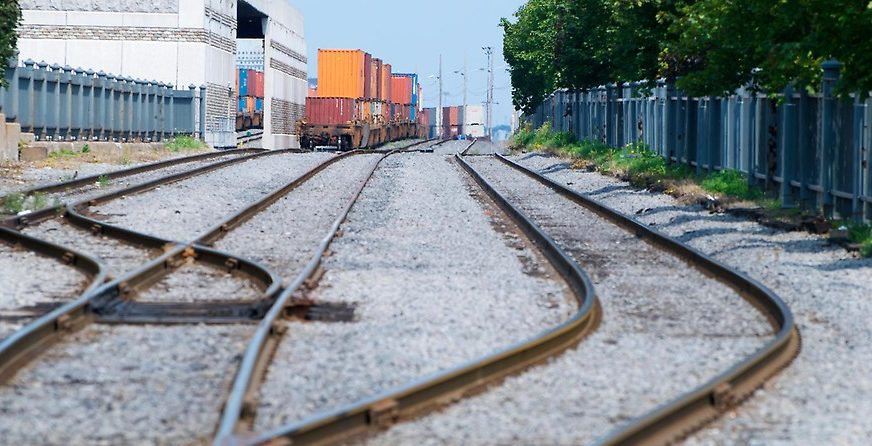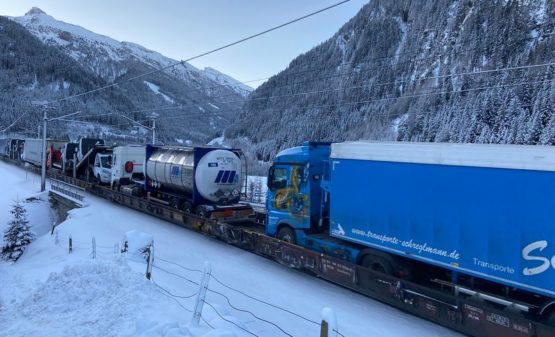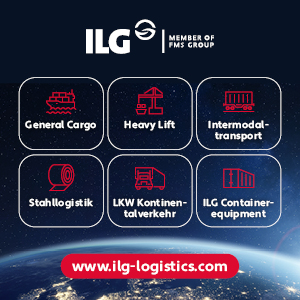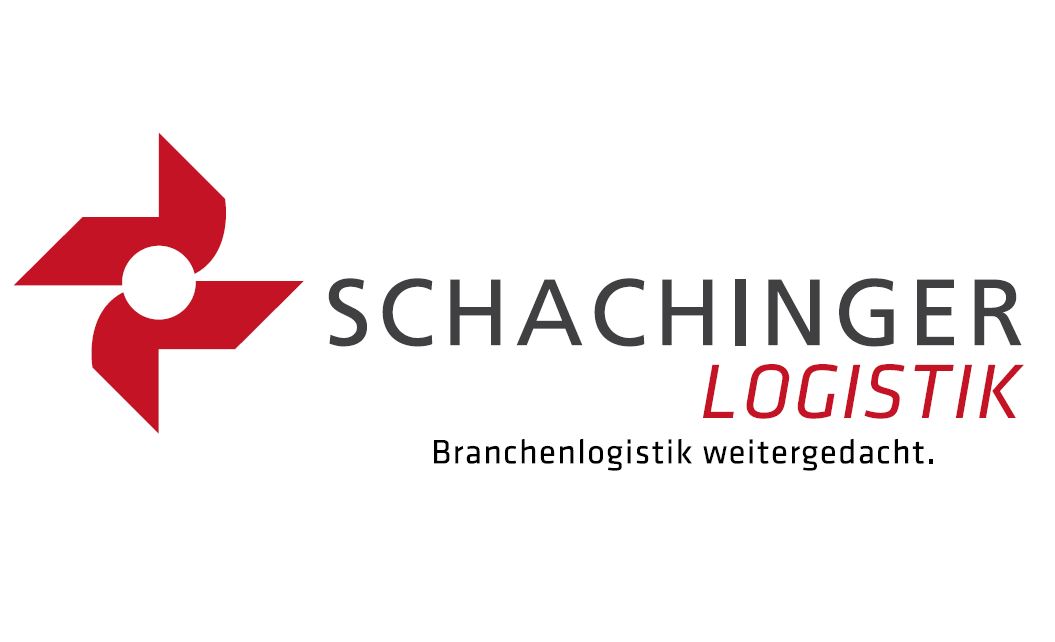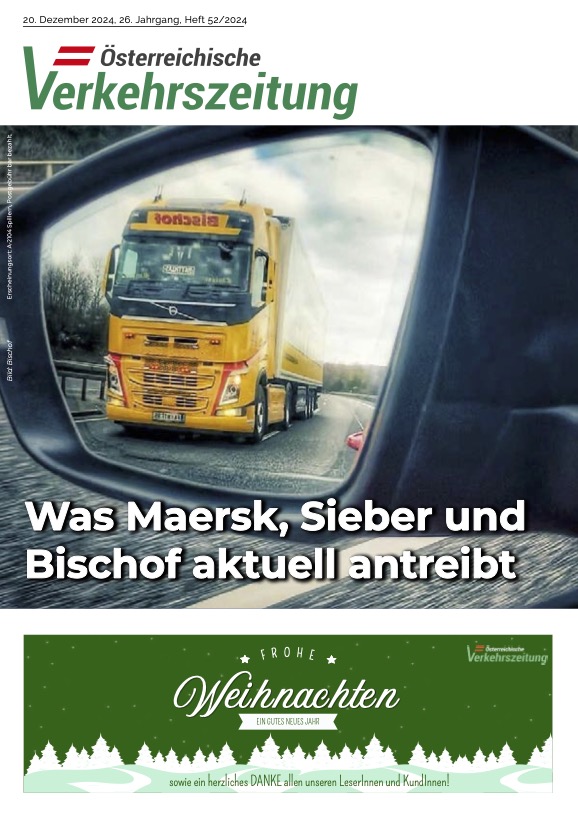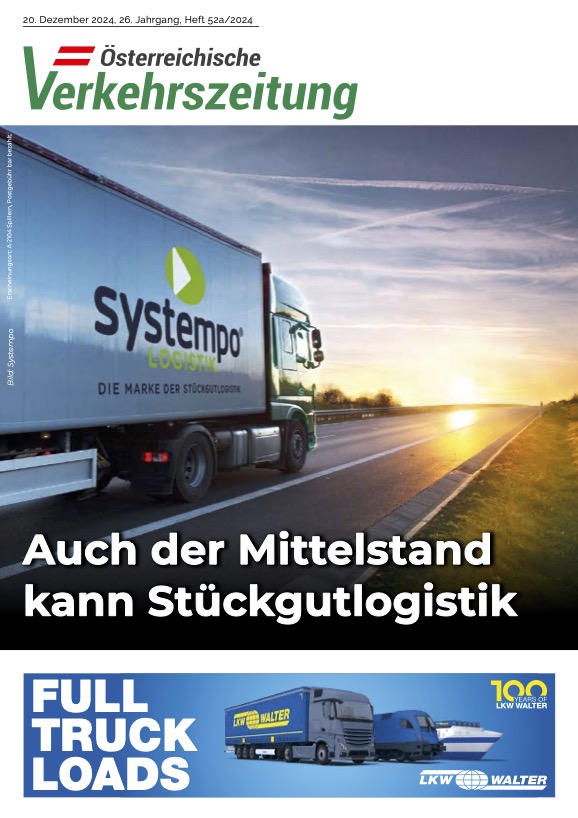In Germany, various associations from industry, trade, logistics and public institutions have drawn up a rail siding charter, which aims to focus on transport policy discussion on the essential key function of railway sidings, customer-oriented access points and regional railway infrastructure. The aim is to be able to offer the market efficient and economically viable transport systems in combined transport and wagonload traffic.
The charter follows the “Master Plan Rail Freight” and contains 53 concrete proposals. It is not limited to railway sidings, but also makes proposals to strengthen multimodality and innovation on the last mile. On June 25, the charter will be handed over in Berlin by the signatories to the railway commissioner, Enak Ferlemann.
The rail siding charter shows ways to significantly improve the condition of rail sidings, customer-facing access points, transhipment terminals, trimodal / multimodal nodes and upstream infrastructure. Existing transport systems and new concepts would benefit from this, including rail sidings and customer-oriented access points.
Key demands of the Charter:
·
-) Reduce bureaucracy and simplify regulations
· -) Improve rail siding support
· -) Reduce the cost burden for connection to the public
network
· -) Secure upstream infrastructure and make them more
efficient
· -) Ensure operation of rail sidings and customer-oriented
access points
· -) Set up and secure public loading points
· -) Connect commercial space to rail and secure areas
· -) Strengthen trimodal / multimodal junctions
· -) Promote multimodality
· -) Create new transport concepts with integrated rail
sidings
· -) Advancing innovations on the “first / last
mile” (digitization, automation, modern locomotives)
· -) increase interest in own rail sidings


